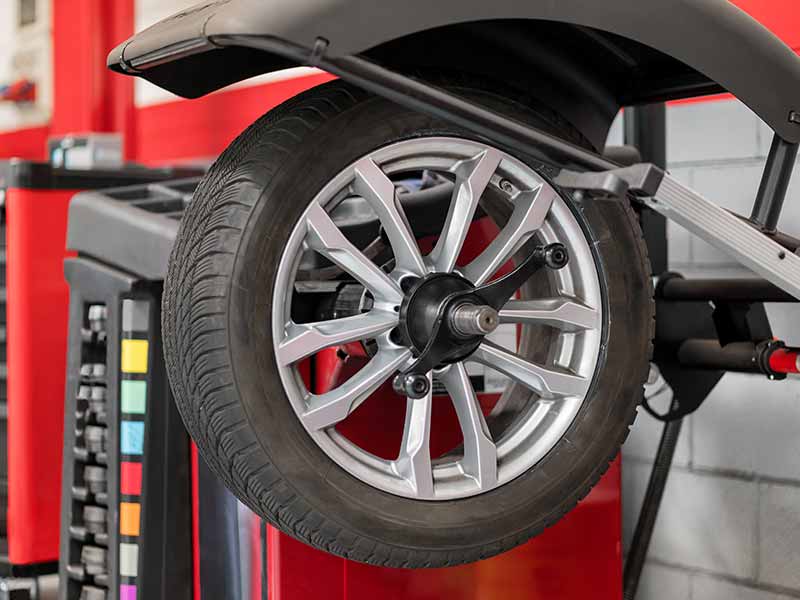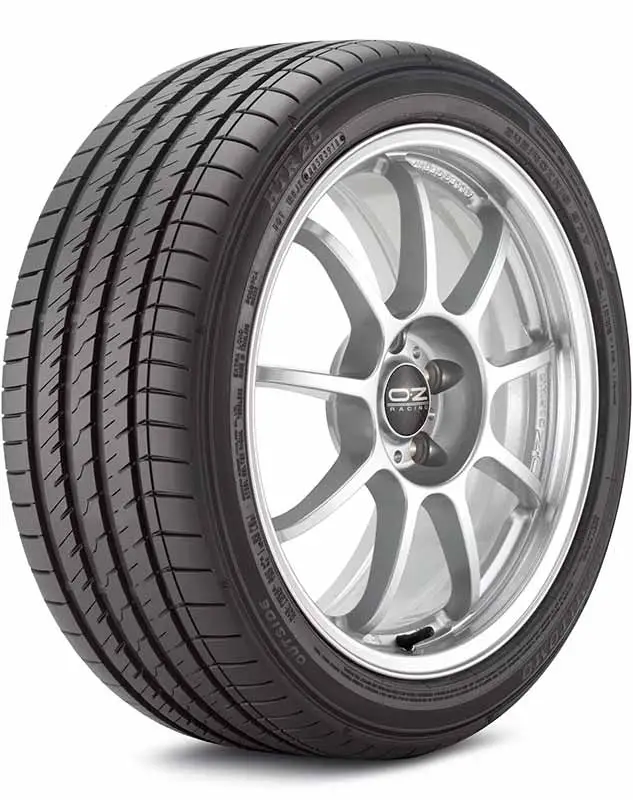Have you ever wondered why your car ride isn’t as smooth as it used to be, or why your tires wear out unevenly? Understanding the intricacies of road force balance can be the key to solving these mysteries.
Acceptable road force balance numbers typically fall within a range that ensures minimal vibration and even tire wear, typically around +/- 5 pounds or less, depending on the vehicle and tire type.
In this article, we explore what road force balancing is, how it differs from regular and high-speed balancing, its significance in modern vehicles, and real-world applications that demonstrate its effectiveness.
Understanding Road Force Balance
In the world of tire maintenance and vehicle comfort, road force balance plays a pivotal role. Let’s break down what this means and why it’s important for your ride.
The Essence of Road Force Balancing
- Defining Road Force Balance: At its core, road force balancing is about ensuring your tire/wheel assembly is as round and even as possible. Unlike regular balancing, which focuses on distributing weight evenly around the tire, road force balancing takes into account the tire’s stiffness and shape as it rolls.
- Why It Matters: Think of your vehicle as a finely tuned instrument. Just as a musician wouldn’t play an out-of-tune guitar, you wouldn’t want to drive on imbalanced tires. Road force balance ensures every part of the tire interacts harmoniously with the road, minimizing vibrations and enhancing your driving experience.
Road Force Balance vs. Regular Balance
- Regular Balancing: This is the basic form of balancing, primarily addressing the distribution of weight around the tire. It’s like making sure a wheel spins evenly on a bicycle.
- Road Force Balancing: Here, we’re not just spinning the wheel; we’re also simulating how the tire interacts with the road. It’s about perfecting the wheel’s performance under actual driving conditions.
For a deeper dive into what road force balancing entails, you can explore our comprehensive guide on What is Road Force Balancing.
Why Road Force Balancing is Crucial for Modern Tires
- Evolution of Tires: Today’s tires are often low-profile with stiffer sidewalls. This design can amplify even minor imperfections, leading to a less comfortable ride.
- Impact on Your Vehicle: Without proper road force balancing, you may experience vibrations, uneven tire wear, and potentially, a decline in your vehicle’s overall performance.
To understand more about the balancing process and its types, have a look at 4 Types of Wheel Balancing.

Road Force Balance vs. Regular Balance
Now, let’s delve into the specifics of road force balance compared to regular balance, shining a light on why this distinction is so vital.
Comparing Techniques: More Than Just Weight Distribution
- Regular Tire Balancing: It’s about ensuring the tire’s weight is evenly distributed around the axle. Imagine balancing a seesaw – each side needs to be equally weighted.
- Road Force Balancing: This goes a step further. It considers the tire’s interaction with the road, addressing issues like stiffness and roundness that regular balancing can’t.
For a clearer picture of the balancing process and how to address imbalances, our How to Fix Unbalanced Tires page has you covered.
Why Road Force Balancing Triumphs in Certain Scenarios
- Spotting the Invisible: Regular balancing can’t always detect the subtle imperfections that road force balancing can, especially in modern, low-profile tires.
- Real-World Conditions: Road force balancing simulates the actual conditions your tires face on the road, leading to a more accurate and comfortable driving experience.

Road Force Balancing vs. High-Speed Balancing
In this section, we’re going to compare road force balancing with high-speed balancing to help you understand their distinct roles in tire maintenance.
The Fine Line Between Two Balancing Acts
- High-Speed Balancing: This method focuses on how the tire behaves at higher speeds. It’s crucial for preventing vibrations that only occur when you’re hitting the freeway speeds.
- Road Force Balancing: It addresses issues not just at high speeds but also in regular driving conditions, taking into account factors like tire stiffness and roundness.
When to Choose Which
- Opting for High-Speed Balancing: Ideal for vehicles that frequently travel at higher speeds and need to ensure smooth performance.
- Preferring Road Force Balancing: The go-to option for everyday driving scenarios, especially for modern cars with low-profile tires.

Is Road Force Balancing Worth It?
Deciding whether road force balancing is a worthwhile investment is a common dilemma for vehicle owners. Let’s explore this question in more depth.
Weighing the Benefits Against the Cost
- Cost Consideration: Road force balancing typically costs more than regular or high-speed balancing. It’s important to weigh this against the potential benefits for your specific vehicle and driving habits.
- Long-Term Value: Investing in road force balancing can lead to smoother rides, less tire wear, and overall better vehicle performance. It can be particularly beneficial for vehicles with low-profile tires or those experiencing persistent vibration issues.
Scenarios Where Road Force Balancing Shines
- High-Performance Vehicles: If you own a high-performance or luxury vehicle, road force balancing can enhance the driving experience and maintain the car’s optimal condition.
- Troubleshooting Persistent Issues: When regular balancing doesn’t resolve vibration problems, road force balancing often can.

Practical Applications and Case Studies of Road Force Balancing
Understanding road force balancing in real-world situations can be eye-opening. Let’s look at how it actually benefits drivers through practical examples and case studies.
Real-World Impact: Case Studies
- Case Study 1: A luxury car owner experiences a smoother, quieter ride after road force balancing, highlighting the method’s effectiveness in high-end vehicles.
- Case Study 2: A truck with persistent vibration issues finds relief with road force balancing, showcasing its ability to diagnose and rectify complex problems traditional balancing methods miss.
Why These Examples Matter
- Highlighting the Effectiveness: These cases demonstrate the tangible benefits of road force balancing, especially in scenarios where traditional methods fall short.
- Guiding Decision Making: By understanding these practical applications, vehicle owners can make more informed decisions about their tire maintenance needs.
Resources
Below are some links you may find helpful when learning about tires:
Final Thoughts
In summary, road force balancing plays a crucial role in ensuring a smooth and comfortable ride. It addresses issues that traditional balancing methods can’t, making it particularly important for modern vehicles with low-profile tires. This article has highlighted the differences between road force, regular, and high-speed balancing, helping you understand which method is suitable for your vehicle. We’ve also shown how road force balancing can solve persistent vibration issues and improve tire longevity.
Good luck and happy motoring.





